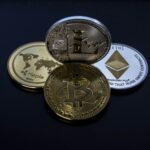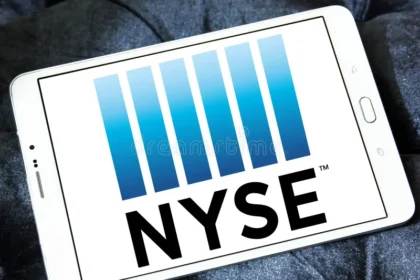As the U.S. economy continues navigating a complex interplay of inflation, trade policies, and labor market dynamics, Federal Reserve Chair Jerome Powell has doubled down on a cautious approach to interest rate cuts. Speaking on June 24, 2025, Powell emphasized that there remains no immediate need to reduce rates, despite moderating inflation figures and growing calls from markets for looser monetary policy. Instead, the Fed is focusing on evaluating the potential economic fallout of newly proposed tariffs, suggesting a longer runway before any definitive policy shifts.
Patience in the Face of Progress
In his latest public comments, Powell reiterated a now-familiar stance: the Federal Reserve is not ready to cut rates just yet. While there has been undeniable progress in curbing inflation — now trending closer to the Fed’s 2% target — Powell maintained that policymakers want to see more sustained evidence of price stability. “We want to be more confident that inflation is moving sustainably down,” he said, underlining the Fed’s data-driven strategy.
This posture of patience is not new. For much of 2024 and into 2025, the Fed has walked a tightrope between managing inflation and avoiding unnecessary economic slowdown. Powell’s remarks confirm that the central bank remains laser-focused on anchoring inflation expectations before making any policy pivots.
Weighing the Effects of Tariffs
A critical element that could influence the Fed’s future decisions is the evolving landscape of trade policy, particularly the imposition of new tariffs. The Biden administration, seeking to address imbalances with China and protect domestic industries, has proposed a fresh round of tariffs that could have wide-ranging implications.
Powell acknowledged that the Fed is currently studying the potential economic impacts of these trade measures. “It’s not our job to set trade policy,” he said, “but it is our job to understand how it will affect the outlook for inflation and growth.”
Tariffs typically act as a double-edged sword: while they may protect specific sectors, they also risk raising prices and slowing trade activity. If new tariffs lead to higher import costs, the progress on inflation could stall, complicating the Fed’s path forward. The central bank’s monetary tools may then have to compensate for inflationary pressures stemming not from demand, but from trade policy disruptions.
Market Expectations Diverge
Powell’s firm stance contrasts with growing speculation in financial markets that rate cuts are coming sooner rather than later. Many investors have priced in a potential rate reduction by September, citing a softening labor market and improved inflation data. However, Powell’s caution sends a clear message: the Fed will not be rushed by market impatience.
This divergence between policy signals and market expectations creates a layer of uncertainty. It also reflects the challenge facing central bankers — to communicate their long-term goals clearly without destabilizing short-term sentiment.
Inflation in Check, But Concerns Remain
Consumer price index (CPI) data released earlier this month showed encouraging signs. Core inflation, which excludes volatile food and energy components, has decelerated for several consecutive months. Nonetheless, Powell emphasized that one or two months of positive data are not enough to justify a policy shift.
“We are making real progress, and that’s good news,” he said. “But we’re not there yet. We need to be sure.”
That lingering caution points to the Fed’s hard-earned lessons from the 1970s and early 1980s when premature easing contributed to runaway inflation. The current leadership appears determined to avoid repeating those mistakes, even if it means keeping rates elevated longer than markets prefer.
Global and Political Headwinds
In addition to domestic challenges, the Fed is operating in a global context marked by volatility. Geopolitical tensions, energy market swings, and divergent central bank policies across Europe and Asia all shape the broader economic climate.
Domestically, the looming presidential election adds another layer of complexity. Powell was careful to distance the Fed from political debates, reiterating the institution’s independence. However, with economic policy likely to be a central theme in the campaigns, the Fed’s actions — or inaction — will inevitably be scrutinized through a political lens.
Conclusion: Strategic Stillness
The Federal Reserve’s current approach can best be described as strategic stillness. By resisting premature moves, Powell and his colleagues are prioritizing long-term stability over short-term gains. While this may frustrate some investors and politicians eager for stimulus, the Fed’s patience could prove prudent if inflation remains volatile or if trade shocks escalate.
As the summer unfolds and new data arrives, the central bank will have more information to reassess its stance. Until then, Powell has made it clear: the cost of moving too soon still outweighs the risk of waiting a bit longer










